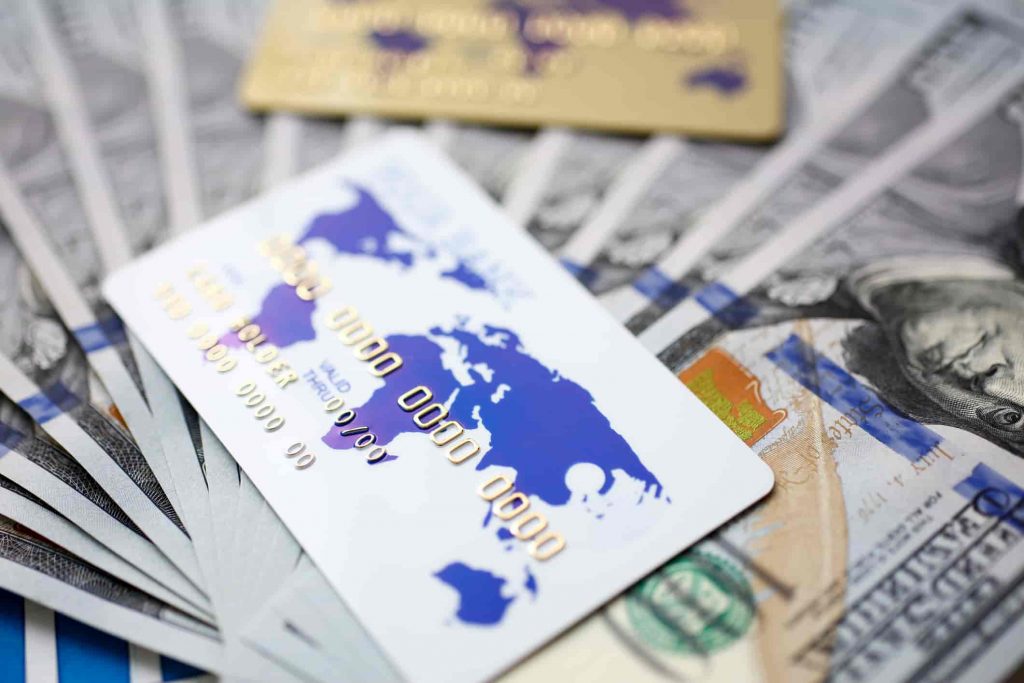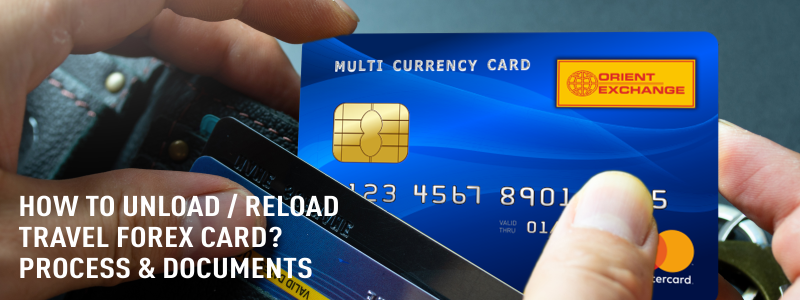Introduction:
Embarking on global adventures has never been so accessible, thanks to the modern-day marvels of travel and forex cards. These financial instruments have revolutionized the way we manage our finances while traveling abroad, empowering us with convenience, security, and cost efficiency. Whether you’re a seasoned globetrotter or a first-time traveler, understanding the nuances of these cards is crucial to planning a worry-free and rewarding trip. In this comprehensive guide, we’ll delve into the world of travel cards and forex cards, shedding light on their benefits, differences, and strategic uses.

Image: blog.thomascook.in
Chapter 1: Travel Cards: The Ultimate Travel Buddy
A travel card is a prepaid debit card specifically designed for international travelers. It allows you to lock in favorable exchange rates and load multiple currencies onto a single card, eliminating the need for carrying bulky cash. Key benefits of travel cards include:
- Convenience: Travel cards offer the ease of a regular debit card, accepted at millions of ATMs, point-of-sale terminals, and online merchants worldwide.
- Cost-effectiveness: By preloading funds onto your travel card, you can avoid the hefty transaction fees and dynamic currency conversion charges that come with using regular credit cards abroad.
- Security: Travel cards provide enhanced security features, such as PIN protection and fraud detection, giving peace of mind against theft or unauthorized usage.
- Multi-currency: With a travel card, you can hold multiple currencies simultaneously, making it easier to budget and track expenses in different countries.
Chapter 2: Forex Cards: The Flexible Currency Converter
Forex cards, also known as multi-currency cards, are similar to travel cards in some aspects, but they offer greater flexibility. Forex cards allow you to load and convert currencies as needed, providing a more dynamic way to manage your finances while traveling. Here’s how they differ from travel cards:
- Flexibility: Forex cards offer the advantage of on-the-spot currency conversion, allowing you to load and exchange currencies based on live market rates at any time.
- No set limits: Forex cards do not have pre-set spending limits, giving you the freedom to manage your expenses without the fear of being restricted.
- Accessibility: Forex cards are widely accepted globally, providing the convenience of using them in just about any destination.
Chapter 3: Choosing the Right Card for Your Travel Needs
The choice between a travel card and a forex card depends on your individual travel plans and preferences. Here’s how to make an informed decision:
- Fixed Itinerary: If you have a fixed itinerary and know the currencies you’ll need, a travel card may be more suitable, as it allows you to lock in favorable exchange rates in advance.
- Flexible Travel: For those with uncertain plans or frequent currency changes, a forex card offers greater flexibility and the freedom to monitor and adjust currency conversion rates on the go.
- Budget Restrictions: Travel cards can help you better control your spending, as you can only use funds that you preload onto the card. Forex cards provide more flexibility but may require stricter self-discipline in managing expenses.
- Acceptance: Travel cards are generally accepted at a wider range of establishments than forex cards, so this factor should be considered if you’re planning on using your card extensively.

Image: www.orientexchange.in
Travel Card Or Forex Card
https://youtube.com/watch?v=nXIokIQDfV4
Chapter 4: Practical Tips for Using Travel or






